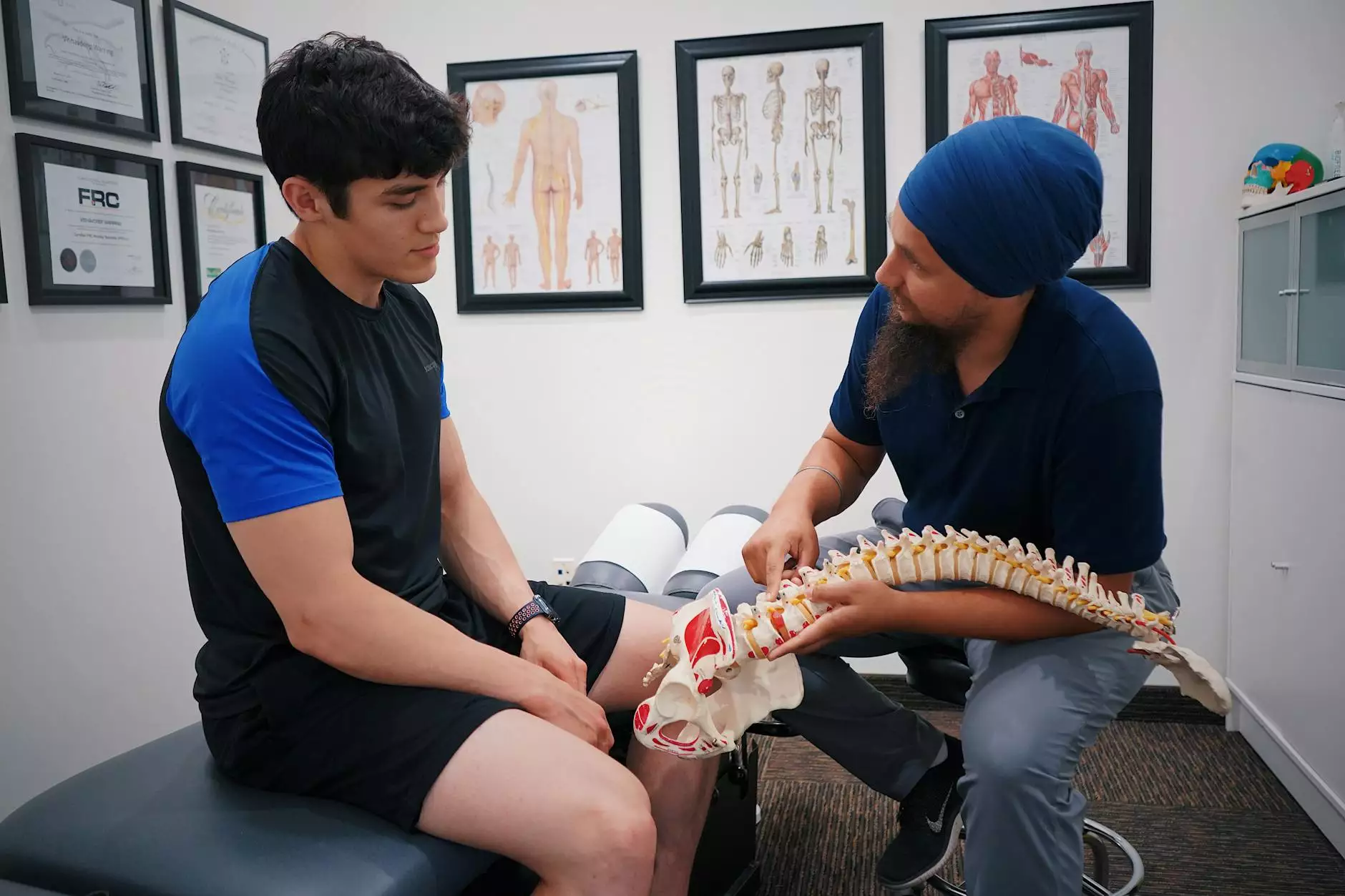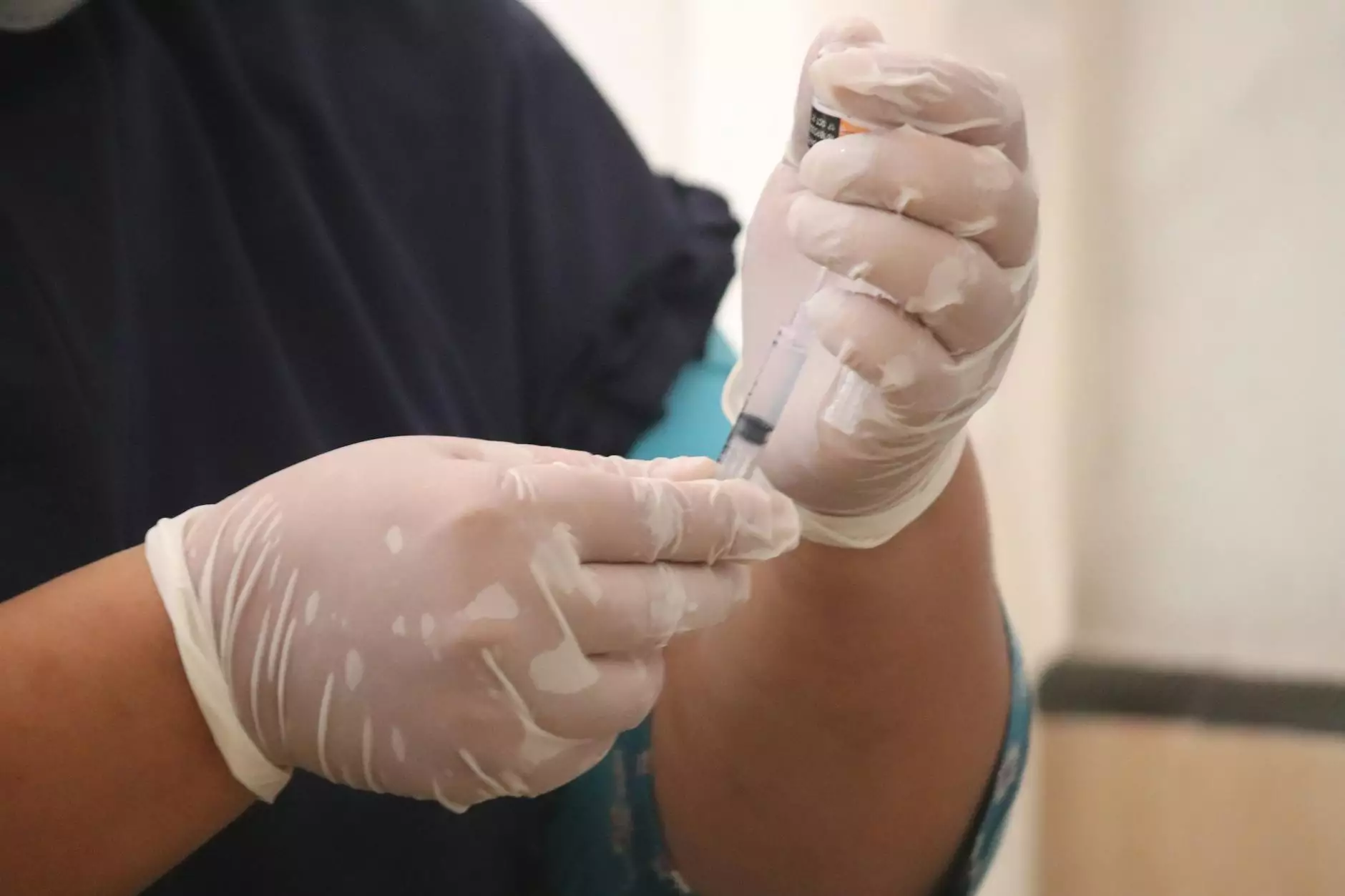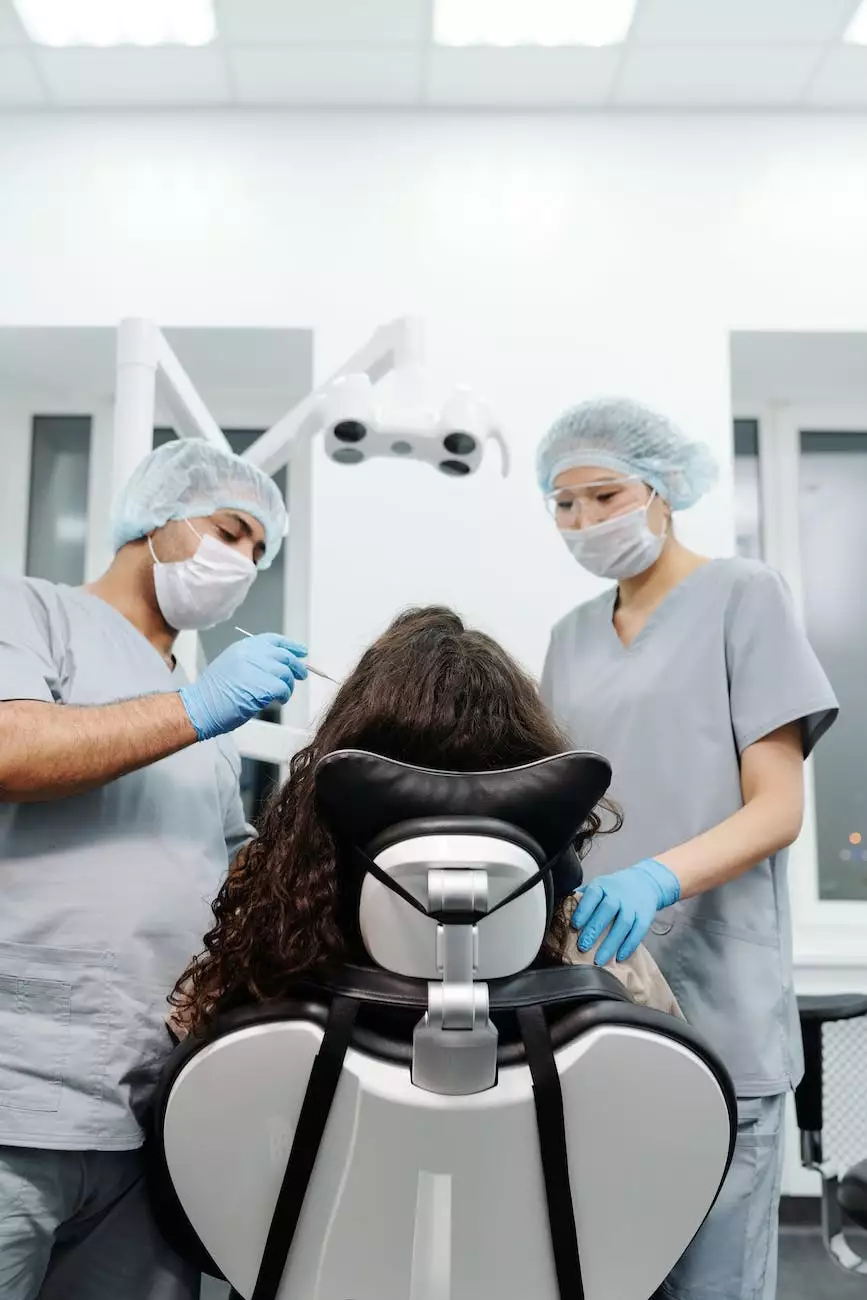Using a Nasogastric Tube

Introduction
Welcome to Foley James D MD, your trusted healthcare provider in the field of health. In this informative guide, we will provide you with comprehensive information about using a nasogastric tube for medical purposes. Whether you are a healthcare professional or a patient, understanding the proper insertion, maintenance, and care of a nasogastric tube is essential for safe and effective treatment.
What is a Nasogastric Tube?
A nasogastric tube (NG tube) is a thin, flexible tube that is inserted through the nose and down into the stomach. It is commonly used for various medical purposes, such as administering medication, providing nutrition, decompressing the stomach, or removing fluid or gas. The tube is made from medical-grade materials and is easily maneuverable, allowing healthcare professionals to perform necessary procedures with precision.
Insertion Procedure
Inserting a nasogastric tube requires skill and proper technique to ensure patient comfort and safety. The procedure is generally performed by a trained healthcare professional and involves the following steps:
- Preparing the patient: Before inserting the tube, the healthcare professional will explain the procedure to the patient and address any concerns. The patient may be asked to tilt their head back slightly and may receive local anesthesia or numbing spray to ease discomfort.
- Measuring the tube: The healthcare professional will measure the appropriate length of the tube by starting from the tip of the patient's nose and extending down to the desired point, usually either the stomach or the small intestine.
- Tube insertion: Lubricating the tip of the tube, the healthcare professional will gently insert it through one nostril and advance it slowly downwards towards the stomach. The patient may be asked to swallow or drink water to aid in the process.
- Confirmation: To ensure proper placement, the healthcare professional will use a syringe to aspirate stomach contents and test the pH level. X-rays or other imaging techniques may also be used to verify correct positioning.
Maintenance and Care
Once the nasogastric tube has been inserted, proper maintenance and care are necessary to minimize complications and ensure its efficacy. Here are some important guidelines to follow:
- Cleaning: Regular cleaning of the tube is crucial to prevent blockages and infections. Use a clean, moist cloth or sterile saline solution to cleanse the external portion of the tube.
- Flushing: Flushing the tube with water or sterile saline solution before and after medication administration or feeding is essential to maintain proper functioning.
- Securement: Ensuring the tube is securely taped or anchored to the patient's nose or cheek can prevent accidental displacement or removal.
- Mobility: When the patient is mobile, tucking the tube under clothing or using a specialized tube holder can minimize agitation or accidental dislodgment.
- Regular assessments: Healthcare professionals should regularly assess the tube insertion site for signs of infection, irritation, or other complications. Any abnormalities should be reported immediately.
Conclusion
In conclusion, understanding the proper usage and care of a nasogastric tube is essential for healthcare professionals and patients alike. Foley James D MD is dedicated to providing comprehensive information and guidelines for using a nasogastric tube, ensuring the highest standards of patient care and safety. By following the recommended practices outlined in this guide, you can gain confidence in the effective utilization of nasogastric tubes for various medical purposes.









